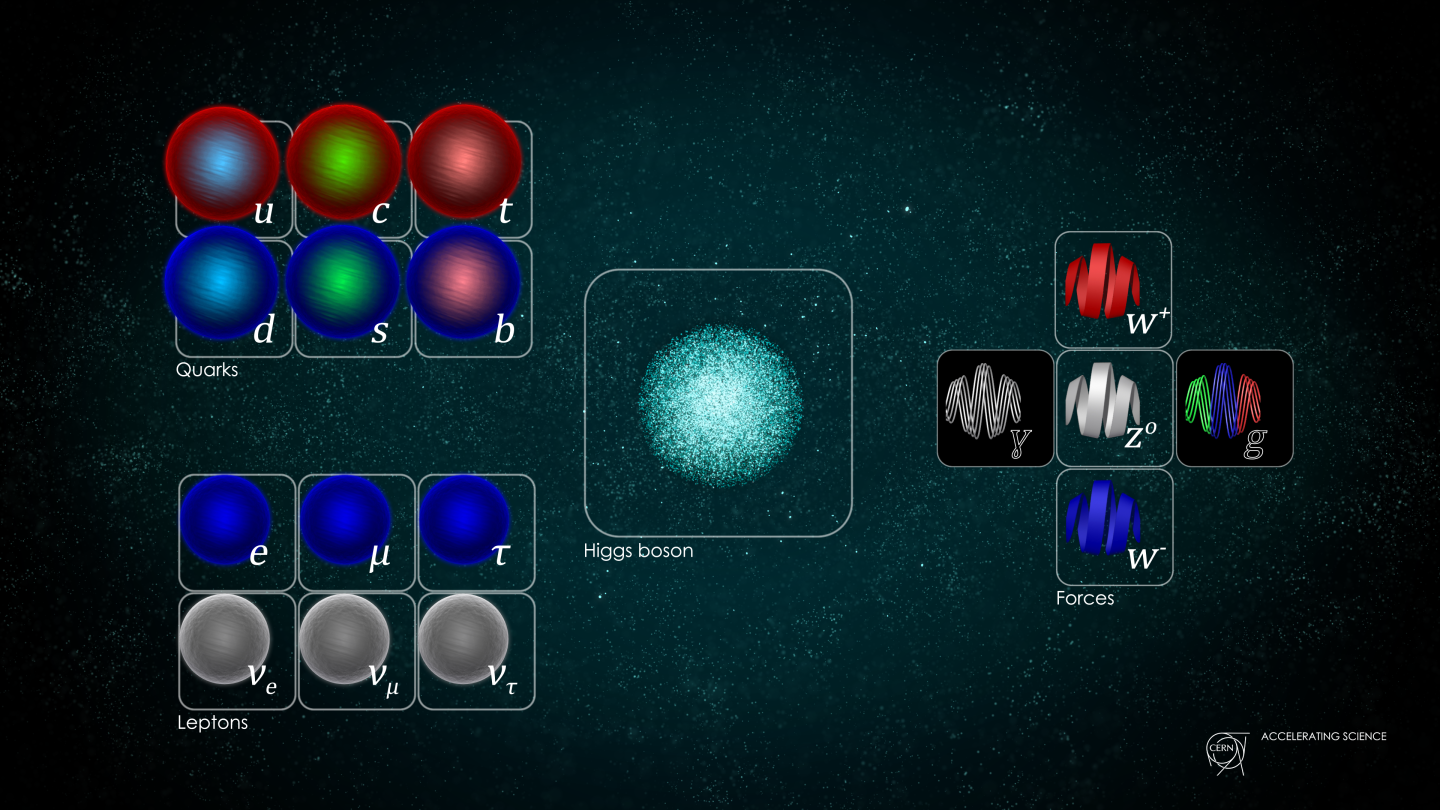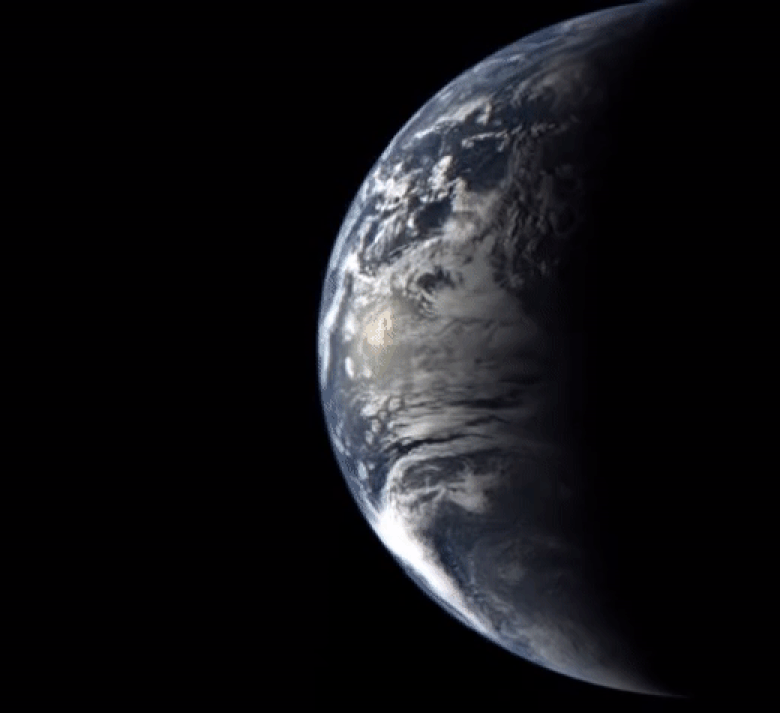Is mankind alone in the universe? Or are there somewhere other intelligent beings looking up into their night sky from very different worlds and asking the same kind of question? Are there civilizations more advanced than ours, civilizations that have achieved interstellar communication and have established a network of linked societies throughout our galaxy?
Such questions, bearing on the deepest problems of the nature and destiny of mankind, were long the exclusive province of theology and speculative fiction. Today for the first time in human history they have entered into the realm of experimental science.
From the movements of a number of nearby stars we have now detected unseen companion bodies in orbit around them that are about as massive as large planets. From our knowledge of the processes by which life arose here on the earth we know that similar processes must be fairly common throughout the universe.
Since intelligence and technology have a high survival value it seems likely that primitive life forms on the planets of other stars, evolving over many billions of years, would occasionally develop intelligence, civilization and a high technology. Moreover, we on the earth now possess all the technology necessary for communicating with other civilizations in the depths of space. Indeed, we may now be standing on a threshold about to take the momentous step a planetary society takes but once: first contact with another civilization..
In our present ignorance of how common extraterrestrial life may actually be, any attempt to estimate the number of technical civilizations in our galaxy is necessarily unreliable. We do, however, have some relevant facts. There is reason to believe that solar systems are formed fairly easily and that they are abundant in the vicinity of the sun. In our own solar system, for example, there are three miniature "solar systems": the satellite systems of the planets Jupiter (with 13 moons), Saturn (with 10) and Uranus (with five).
The only technique we have at present for detecting the planetary systems of nearby stars is the study of the gravitational perturbations such planets induce in the motion of their parent star. Imagine a nearby star that over a period of decades moves measurably with respect to the background of more distant stars. Suppose it has a nonluminous companion that circles it in an orbit whose plane does not coincide with our line of sight to the star.
Both the star and the companion revolve around a common center of mass. The center of mass will trace a straight line against the stellar background and thus the luminous star will trace a sinusoidal path. From the existence of the oscillation we can deduce the existence of the companion. Furthermore, from the period and amplitude of the oscillation we can calculate the period and mass of the companion. The technique is only sensitive enough, however, to detect the perturbations of a massive planet around the nearest stars. TO READ MORE, CLICK HERE...











